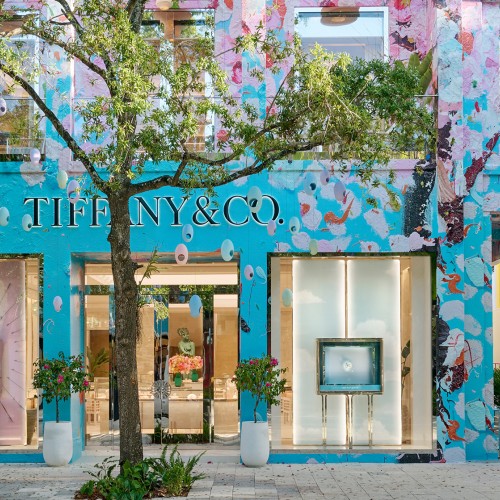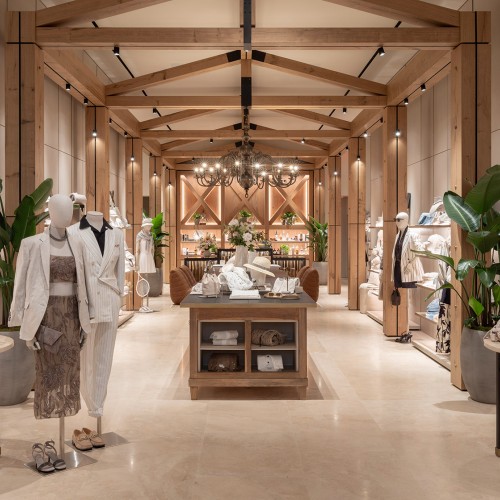Hugo França’s dramatic furniture and sculptures get exposure in a flourishing natural environment.
When talking to Zesty Meyers about Hugo França’s exhibit at Fairchild Tropical Botanic Garden, the sense of excitement is palpable. “It’s like a major museum show in a garden,” says the owner of R Gallery, the New York space that represents França in the U.S. “With hundreds of thousands of visitors the garden receives every year, this project offers Hugo greater exposure than any gallery or fair.”
Spanning the garden’s sprawling 85 acres, the show runs through May 31 under the Design at Fairchild program, launched last year. Here you can see França’s furniture—massive wooden design pieces made of recycled wood—set against a lush tropical landscape. “It was important for the audience to be able to engage with the pieces,” says Cristina Grajales, curator of the exhibition. “Fairchild wanted the audience to have a relationship with the pieces’—to engage with them, touch, sit, even picnic on them.” While last year Grajales invited a group of designers to create benches for an exhibition entitled “Sitting Naturally,” this time around França is showing solo.
Grajales chose França, whom she regards as both a designer and sculptor, because of the way he transforms large pieces of found wood, the impressive scale of his designs and the fact that his work relates to environmental issues. How França sources the enormous pieces of wood he uses for his creations is perhaps as fascinating as the final design. “Hugo França: The Story of the Tree,” a book published by R Gallery in 2008, shows how the Brazilian designer uses reclaimed wood from felled, burned or dead trees. “He has a team of hunters and they search for days and days,” says Meyers, “where there are no roads.” Once a promising piece of wood is found, França often chalks out the contours his assistants must then cut along on location because the bigger chunks are often too heavy to transfer unchanged, and access to roads may be limited.
Mônica Novaes Esmanhotto, head of Latitude (an association of Brazilian art galleries), managed França’s studio between 2007 and 2011 and helped write “The Story of the Tree.” She emphasizes that França’s use of material that would otherwise be discarded “is a fundamental mission and a clear positioning of his design vision.”
At Fairchild, visitors can experience all the details of the wood used by França and observe the pieces change as they are exposed to the elements. The designer himself notes how this exhibit is the only one “outside Brazil that includes the largest number of my medium and large pieces.” França compares the Miami destination to Inhotim in Brumadinho, where there are 98 of his benches on display in a similar botanical garden.
Photo by sherry griffin (bench); Renato Custódio (frança)



